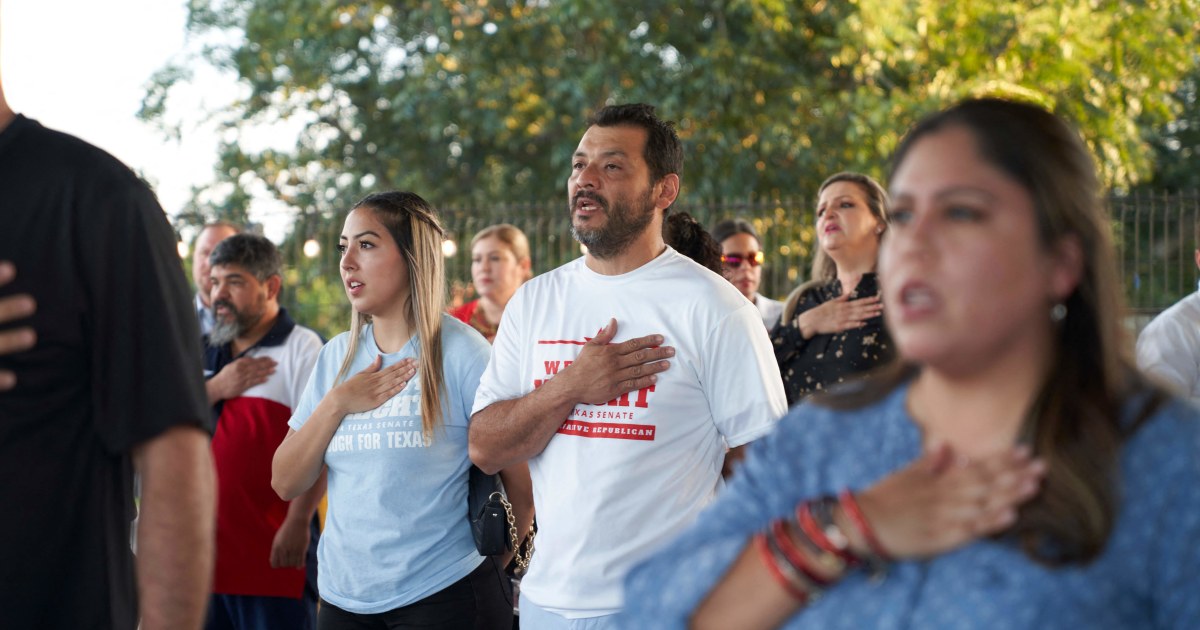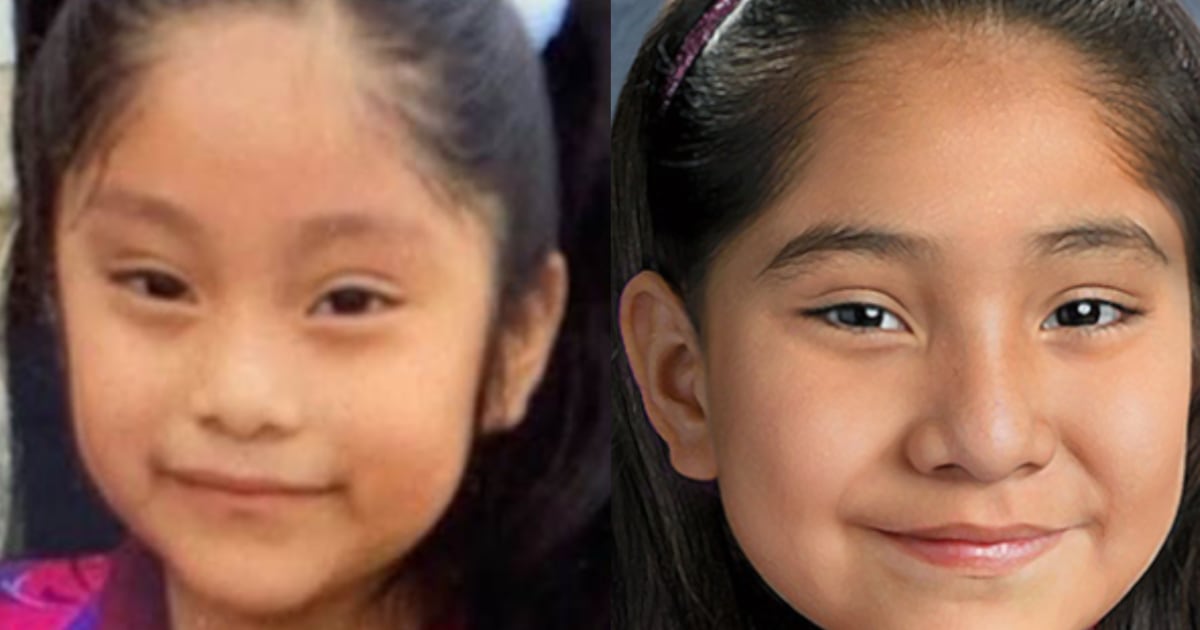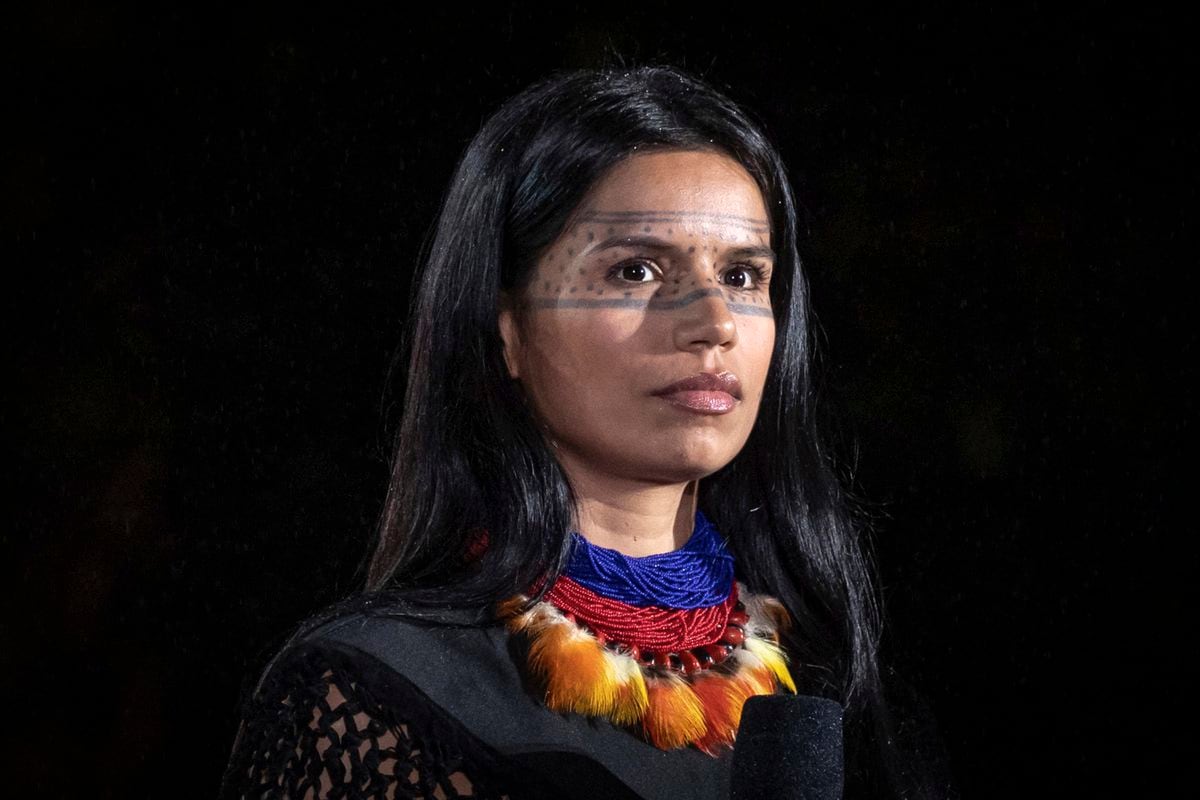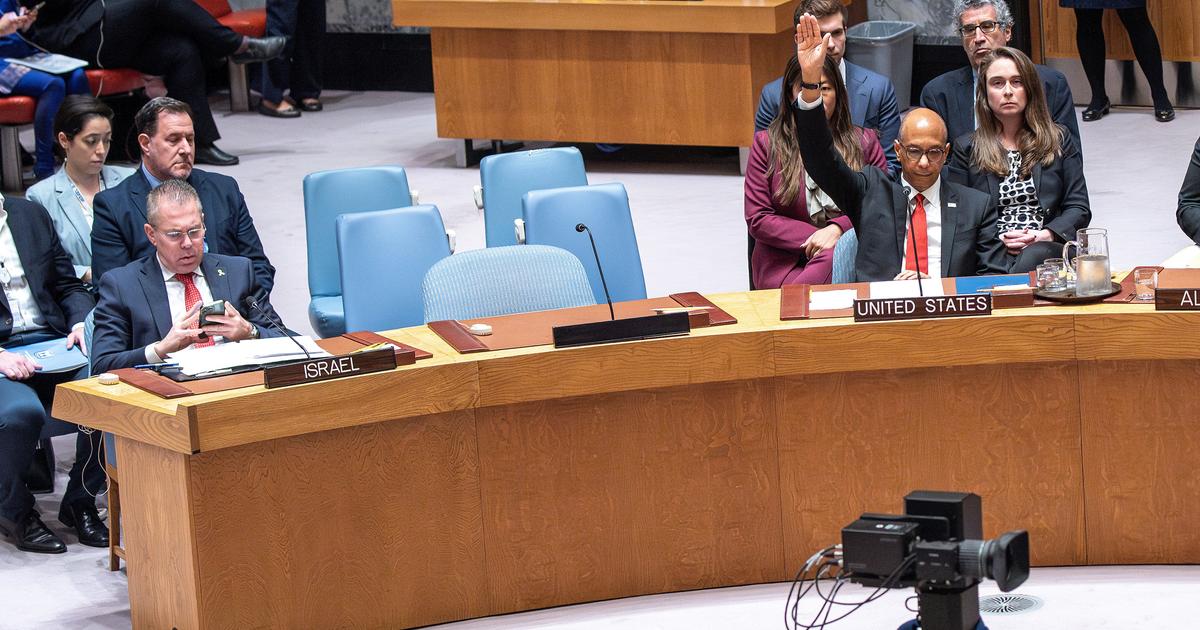A woman in front during a Seri community ceremony on June 30, 2021.Norte Photo / Getty Images
"The historicization of our societies remains pending," the Kaqchikel anthropologist Aura Cumes told me during an interview that I had the privilege of doing and where she raised a question about the idea of "ancestral patriarchy" proposed by the comrades of community feminism. This task of "historicization" needs to be done from our peoples, from women and from our languages as their approach to the Popol Vuj reveals. The urgency of this task faces several types of challenges, the first, as Aura herself points out, the tasks of resistance to colonialism, racism and current patriarchy absorb us a time that could be dedicated to this necessary process; on the other hand, the approach to sources, archaeological or written,it is guarded by access to certain tools that are confined above all to the academic world where a very low percentage of people belonging to indigenous peoples can access, especially if they are women.
To all this, we must add that the type of written sources that we have, for example, for the viceregal period, the sources written in Spanish have been privileged and from the voice of those who created these documents crossed by their objectives and interests with a strong accent in the men's narrative, that is the vision that ends up being recorded in official history, as Cumes points out.
More information
Monumental controversies
The great oppressive asymmetries have had various effects on the indigenous population today, on the one hand, our history has been narrated in Spanish or English and the access we have to it ends up being filtered by nationalist history. On the other side we have the rich tradition of memory (also known as oral tradition) which has been the main mechanism that gradually loses a considerable part of its strength with the loss of the languages that contain it. The critical dialogue between different sources and different languages can throw up a complex historicization that puts into crisis the historical narrative that has been made of the diverse past of what is today called under the category of “indigenous peoples” in this region of the world. Fortunately,There is an increasing critical exploration of sources in a diversity of languages and archives in which indigenous women participate, such as Josefa Sánchez from the Zoque people, Beatriz Cruz and Zaira Hipólito from the Zapotec people and Yeimi López from the Mixtec people, to name just a few.
One of the effects of this impersonation in the narrative voice of the historical past of the very different indigenous peoples has been, on the one hand, the creation of the “indigenous” condition as an essential ahistorical feature to define our peoples and, on the other, the creation from the “pre-Hispanic” category as a more or less uniform period of time where the fundamental break in the history of our peoples is fixed with the arrival of “the Hispanic”.
These two operations have been carried out since the creation of official history and apparently they are still quite valid and have not been sufficiently debated, as evidenced by the same proposal to place an interpretation of "Olmec woman's head" equivalent to "indigenous woman ”Instead of the statue of Christopher Columbus on Paseo de la Reforma. This proposal is not yet final because, in the face of various complaints, the head of government of Mexico City, Claudia Sheibaum, announced that a committee would be in charge of deciding which piece would replace Colón's.
It is not my intention here to talk about the aesthetic values of the piece proposed by the sculptor Pedro Reyes, I do not have enough capacity or elements to make a criticism from that field;
What interests me is to talk about how this proposal to pay homage to indigenous women continues to be part of the nationalist tradition of strengthening the “indigenous” trait as an ontological and ahistorical element of our peoples and, on the other, of strengthening the “pre-Hispanic” as a monolithic repository also ahistorical from which to take elements that can be combined without further analysis.
As various historians and linguists have shown, the current meaning of the indigenous word does not correspond to its etymological meaning.
In the discussion that broke out around the sculpture called
Tlali
Some voices came out to say that “all of us are indigenous” because “indigenous” means “originally from somewhere” (actually it would be something like “born there”). A common mistake is precisely this: confusing etymological meaning with current meaning. At present, "indigenous" is applied to the peoples that have suffered colonialism and that in the processes of formation of the nation-states did not form an independent one and remained within one of these socio-political entities. It is also important to mention that this current and non-etymological use of the word "indigenous" is recognized in the legal framework of Mexico and in the international legal framework, this use was consolidated during the nineteenth century. For the Spanish crown, our peoples were categorized as Indians and for the Mexican State as indigenous.
The historian Sebastian van Doesburg proposed that, if we arbitrarily place the beginning of the history of the Mesoamerican peoples with the domestication of corn, we would have approximately nine thousand years of history of which 500 have been categorized as Indians and 200 years as indigenous. Before, in those 8,500 years of history, our peoples experienced processes and historical events of a very diverse nature, our languages were changing, territories were reconfigured over and over again, various socio-political structures emerged and disappeared; all this happened without us being categorized as indigenous. We were Mixe-Zoqueans or Ottomangues without being indigenous and that fact allows us to imagine a future in which we can once again be Mixes without necessarily being indigenous.
What happens to the Yuman peoples or the Seri people with whom we now share the “indigenous” trait but whose history is different from that of the Mesoamerican peoples? Yuman women and Mixe women are indigenous women today, we share being categorized as Indians for five centuries and as indigenous for two centuries. Being Indian or indigenous is a place in colonial history, but it is not what we have always been and it is not all that we are. From these considerations, the Olmec women, fortunately, were not Indian women, much less indigenous, so choosing an “Olmec head” to represent an indigenous woman stretches the indigenous category to cover four thousand years ago and thus reinforces the idea that it is an ontological and essential feature of our peoples,again denies the urgent and necessary "historicization" of which Cumes speaks.
Tlali
tells us symbolically: you have always been indigenous and that oppression defines you, it is essential to you.
On the other hand, the creation of the "pre-Hispanic" as a uniform mass of time allows what happened during those thousands of years to be more or less equally relevant and combinable. Thus, an Olmec sculpture can be given a name in Nahuatl, ignoring the fact that the Nahua-speaking population arrived in the region known as Mesoamerica in relatively recent times. It does not matter that the evidence of Olmec and Epiolmec writing evidences the use of Mixe-Zoquen languages radically different from the languages of the Yutonahua family (Persian and Spanish have more characteristics in common as Indo-European languages than Zoque and Nahuatl), both the Olmec as well as the Nahua belong to that pre-Hispanic drawer from which elements can be taken and combined according to official history.
Between the establishment of San Lorenzo (Olmec city) and that of Teotihuacán there are approximately 2,000 years of difference (four times the time of the 500 that are commemorated this year), between the founding of San Lorenzo and Tenochtitlan there are approximately 3,300 years of difference. Giving an Olmec head a Nahua name is a symptom that denies the historicization of our peoples, a symptom present in the official narrative that has changed very little, as
Tlali's
proposal
has shown us.
Speaking of the decolonization that has been proposed from the official voices in recent times, it is important to point out that this cannot occur without the necessary historicization of our peoples that Aura Cumes speaks of and in this task it is our peoples who should be the protagonists .
Only then, perhaps, we can think that it is a serious decolonization approach, otherwise, it will only be about the capture of the lexicon used by the struggles of a good part of the indigenous movement.
Subscribe here
to the
newsletter
of EL PAÍS México and receive all the informative keys of the current situation of this country

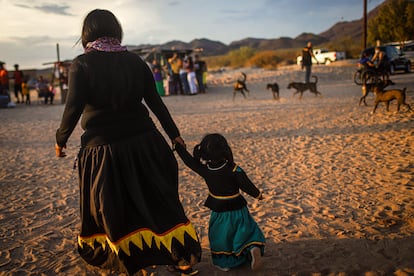
/cloudfront-eu-central-1.images.arcpublishing.com/prisa/PLNY3OH7WVF7PAHBVU6Y6QKPTI.jpg)

